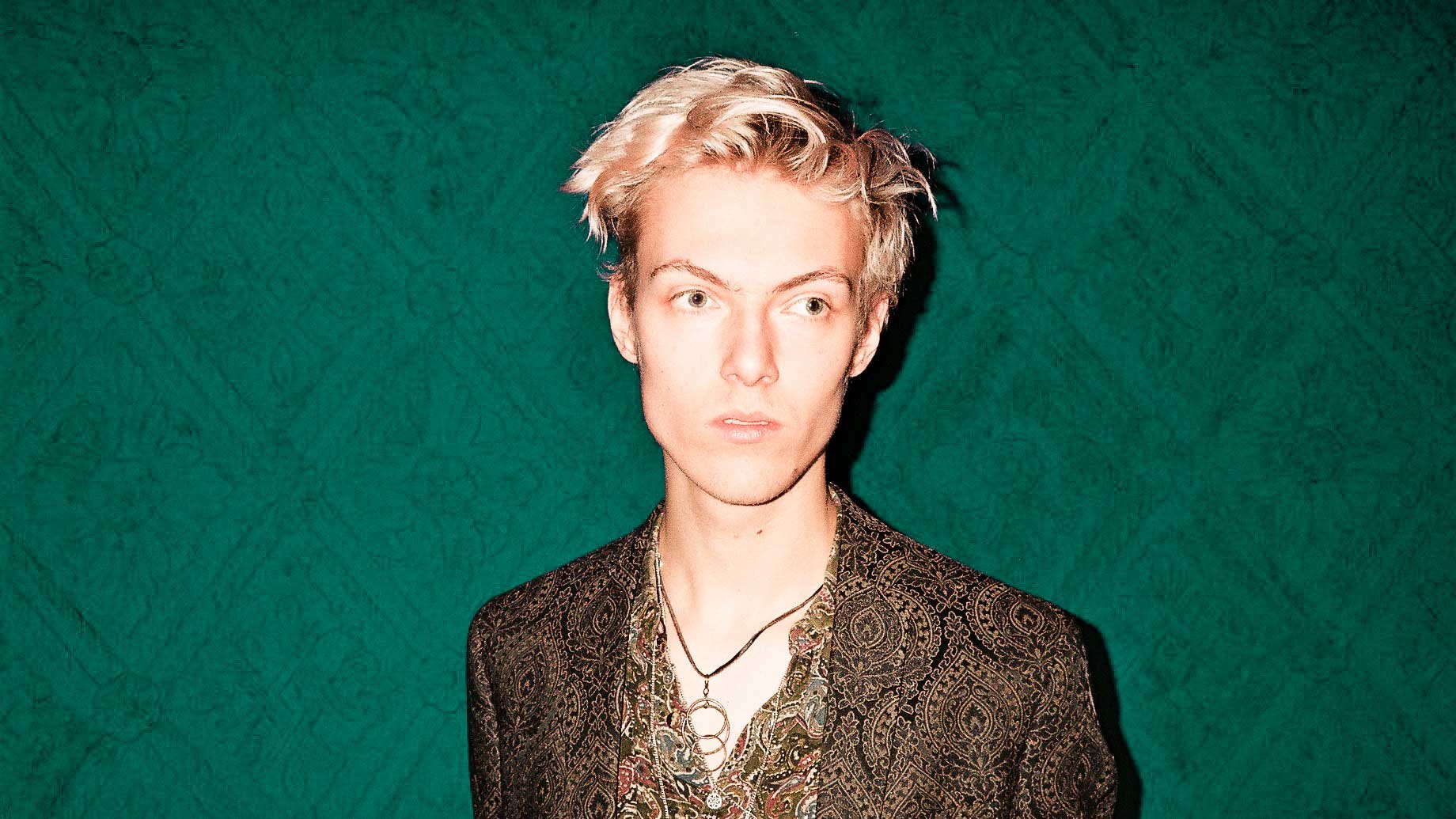Institute 0.1
*Archive Article: Originally published in the magazine Blacklisted Copenhagen on August 16, 2016
A number of months ago I reached out to Jernej Bizjak before he brought his piece In the embrace of a trigger or the road to point zero to Dansehallerne. As with most of the interviews I conduct, it was going to start with a little background and then lead into some more in-depth info regarding the piece. But, as our conversation deepened, we began discussing the need for artists to establish and sustain communities–and more importantly funding–as state and governmental support for the Arts is decreasing all across the world.
Now, not being a performer myself, I can only imagine that as a fledgling performing artist, the allure of travel is one of the incentives for striving for success–conducting research in exotic places, interacting with different cultures, becoming a true global citizen, and potentially gaining access to artistic funds beyond one’s native country.
And though I have no first-hand experience with this, I have encountered time and again that should a performing artist reach a certain level of success, much of these idealisms are indeed fact.
Yet for some, with this passport as a “global citizen” comes with a consequence hidden in the benefits–a loss of a true sense of home and community. Yes, in many cases, establishing oneself with one’s local artistic community is the stepping stone to the greater goal of crossing international borders, but once that threshold has been crossed it can often be difficult to reconnect oneself back with the community that gave them their start.
Now, this is not always the case, of course, nor is it the focal point for this rumination. It is simply establishing a consequence of life on the road.
What is important to consider in this little pondering–and leading deeper into the conversation between myself and Bizjak–is that for artists, establishing and nurturing roots within a community is more important than ever.
INTERVIEW
To start with, give me a little background about your collective, or “platform” as you call it, Institute 0.1?
Institute for Contemporary Art Practice and Theory 0.1 [Institute 0.1] is a creative platform for the research and production of contemporary art practice and theory. It incorporates domestic and foreign authors, who work on the concepts thus bringing forth new ideas. Institute 0.1 is based on its own art production and post-production, as well as a co-production with other individuals and institutions.
The platform was established in May 2016 in Ljubljana, Slovenia with the intention to create quality independent projects in the field of performing arts, where talented professionals could exchange their ideas and visions within the collective spirit. Our aim is to explore the relationship between theory and practice, engage in their symbiosis, and conduct them in a constructive dialogue that could influence either.
Can you elaborate on what this “creative platform for research and production” means in practice?
At the moment the collective is simultaneously running two contemporary solo projects, which premiered in 2016. The first one is Butoh performance “Torso”, choreographed and performed by Slovenian actor and performer Klemen Janezic. The second one is the contemporary dance performance “In the embrace of a trigger or the road to point zero” which is choreographed and performed by myself. The main person behind both productions in the role of dramaturge and producer is Sara Zivkovic.
In November 2016, we collaborated with Fabio Liberti (Italy) and Arina Trostyanestkaya (Russia) on two contemporary dance miniatures. Our collective aims at being borderless. Like art or thought, we want to transcend the limits, not only in terms of nationality-space (many of our collaborators are expatriates) but also by uncovering certain contemporary phenomena with a new point of view in mind. So, we connect accordingly, based on the intended research domain and performative genre.
Tell me a little bit about the theater and stage scenes like in your native Slovenia?
I have to admit, that due to my work and living abroad, I am not a lot in my native country, but when I am there, I try to catch as much of theatre and dance performances as possible. The scene of performing arts in Slovenia is pretty much like elsewhere nowadays – diverse. Even though we are a small nation, there are still a great number of artists, which are creating all kinds of works from a narrative, through conceptional all the way to abstract performances.
Even though we try to be innovative and original, we cannot deny having been influenced by theatre/stage scenes abroad. One nonetheless has to follow the trends but also has to attend to his personal interests, of course.
Funding is becoming the biggest problem in our country. While major institutions still benefit from sufficient funding, our independent scene as a counterbalance is being struck a bit harsher. The funding is moderately declining each year in such a manner, that it is affecting the quality and size of the productions.
With the decline of funding for independent artists becoming a global problem, do you feel it’s important for stage artists to take things into their own hands by creating their own scenes, institutions, collectives, and funding?
It’s not only important, but it’s also necessary! Governments are cutting the funding for the independent scene in a way that will soon cut us all out. But how to cut this Gordian knot is a million-dollar question. See, everything has its cost and everything costs a lot.
When we received support from Slovenia, we first had to breathe deeply to keep ourselves calm. A lot of optimism and creativity was (and still is) required for extra personal efforts, and support from our collaborators, friends, and families was crucial. The constant struggle for finding proper subsidies and help in order to successfully and professionally realize the project is so challenging that it makes you want to quit each time! But then again you find the pleasure and sort of satisfaction when you receive honest feedback and positive critics after the shows.
It is important for artists to find their way in continuing to express their visions and ideas freely and independently, but it is also extremely hard and exhausting to overcome all obstacles with no money in their pockets. Your suggestion, to create sort of collectives within the independent scene, is absolutely a way to go, but the question of funding is still remaining wide open. If the government is stepping out, how to get private investors in?
The role of the independent art scene is to push the limits, explore the forms, and dare to be daring. Let’s say, hypothetically, that entrepreneurs share the same vision in their field of business. But on the other hand, let’s honestly ask, who inside the system of sheer individualism of today, wants to support artists, collectives, that are critical of this very system, that they cherish more than ever in history? We are finding ourselves in a condition much more severe than in all of the 20th century when collective thought still meant something. Now you have just this liberal “one-man-accounts-for-everything” mantra, which leaves us fragmented and devoid of any serious assets – that being financial or subversive. So by pushing us more and more into DIY, they are just stripping us of our creative potential as artists and remolding us into producers, lawyers, technicians, merchants, that is, businessmen.
You premiered your most recent work, In the embrace of a trigger or the road to point zero, earlier in the summer at Dansehallenre. Can you tell me a little bit about the research and concept of the work?
As one of the main priorities of the collective is the “quality above quantity” principle, we invest a lot of time in the creative pre-production processes, i.e. in the preliminary research of each project. Alongside the artistic team, we also encourage young professionals from other fields of interest (philosophy, art history…) in order to deepen the understanding of certain thematics before the exploration in the studio actually takes place.
Professionals from other fields are not included only in the first phase of the production but are highly important and relevant for the further development of the performance as well. “In the embrace of a trigger or the road to point zero” deals with the theme of psychotic disorders, for which the help of a philosopher, psychiatrist, and a person diagnosed with exactly the same diagnosis was more than crucial. Firsthand information combined with real facts and experiences not only served as a strong base in creating the dramaturgical structure of the piece but also served as an important starting point in choosing and developing suitable movement vocabulary. Personal research and commitment of each of the creative staff members, such as music composer, set designer, light designer, and video maker, and constant communication among the team, were the key to capturing the right atmosphere for this performance. Above all, we did not want to make just another dance project but a production that reaches beyond the door of the theatre.
Throughout the performance, we are assessing individuals’ mental and physical structure and their relationships to a world full of anxiety, like the one we are living in today. We try to establish a new movement vocabulary, by means of which we can demolish the high walls built around the subject no one wishes to talk about or is even unable to utter at all. The audience is faced with the rough loneliness and shame of an individual in anguish.
Now that ‘In the embrace of a trigger’ is finished, what is Institute 0.1 current working on?
We are not quite finished with the “Trigger” yet. In autumn 2017 there will be another two reruns of the performance in Dance Theatre Ljubljana (PTL). Furthermore, we are continuing our collaboration with the choreographer Fabio Liberti and we are looking forward to presenting his latest work “Don’t, Kiss” along with two other miniatures to the Slovenian audience.
In the meantime, we are working on ideas, which will bring new perspectives to our work. By combining film and performance we are aiming to bring another memorable project to Copenhagen in winter 2018. This year’s successful collaboration with Dansehallerne opened new international ground for us and we are excited to see what the future brings. Hopefully, Dansehallerne will stay one of the places, where 0.1 projects can come to life.










